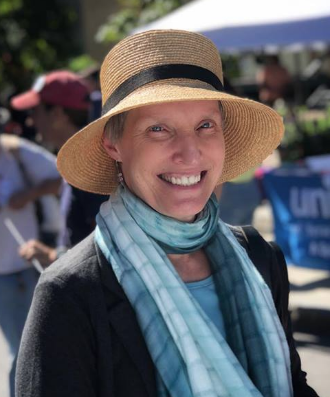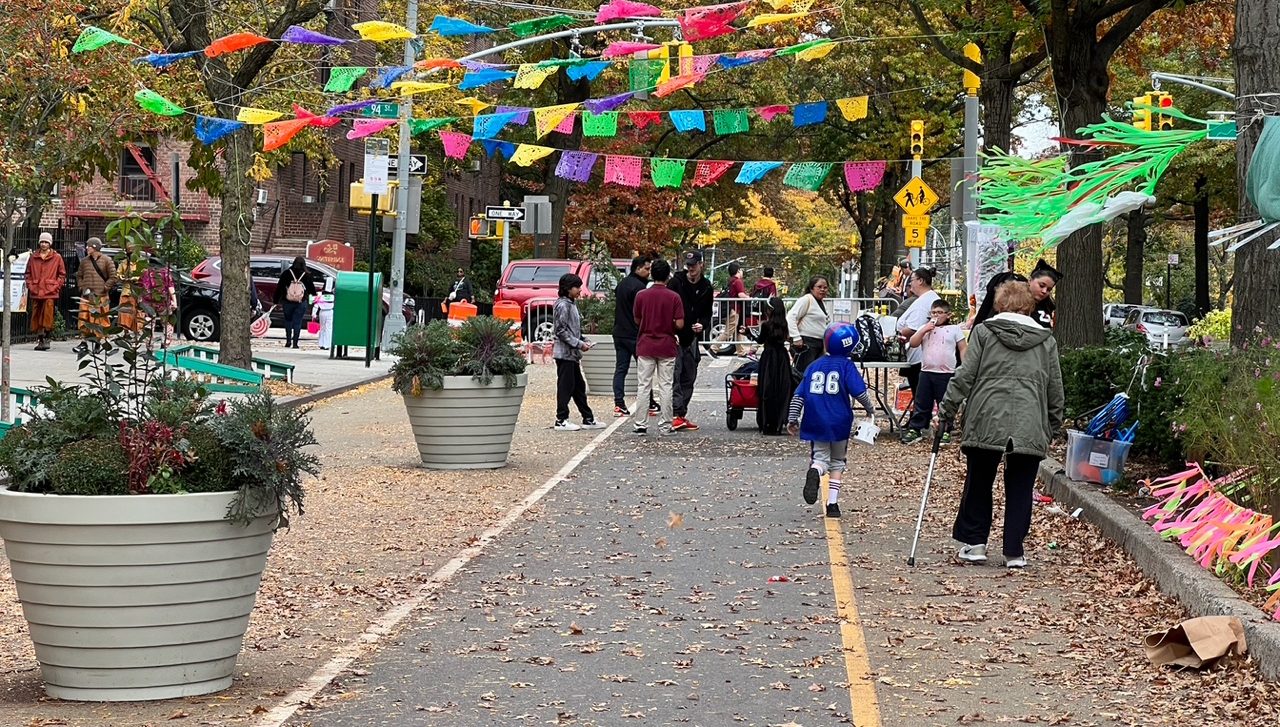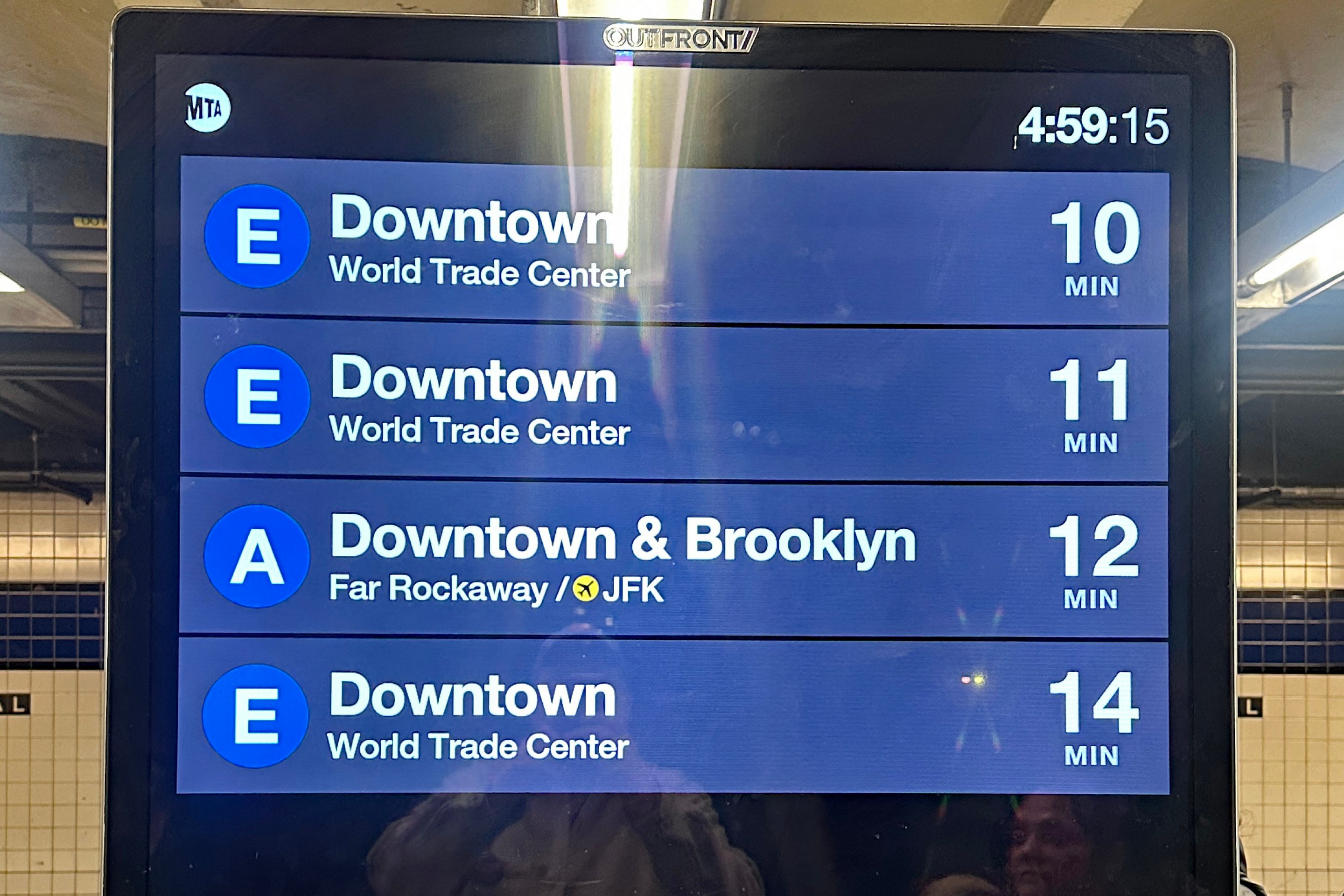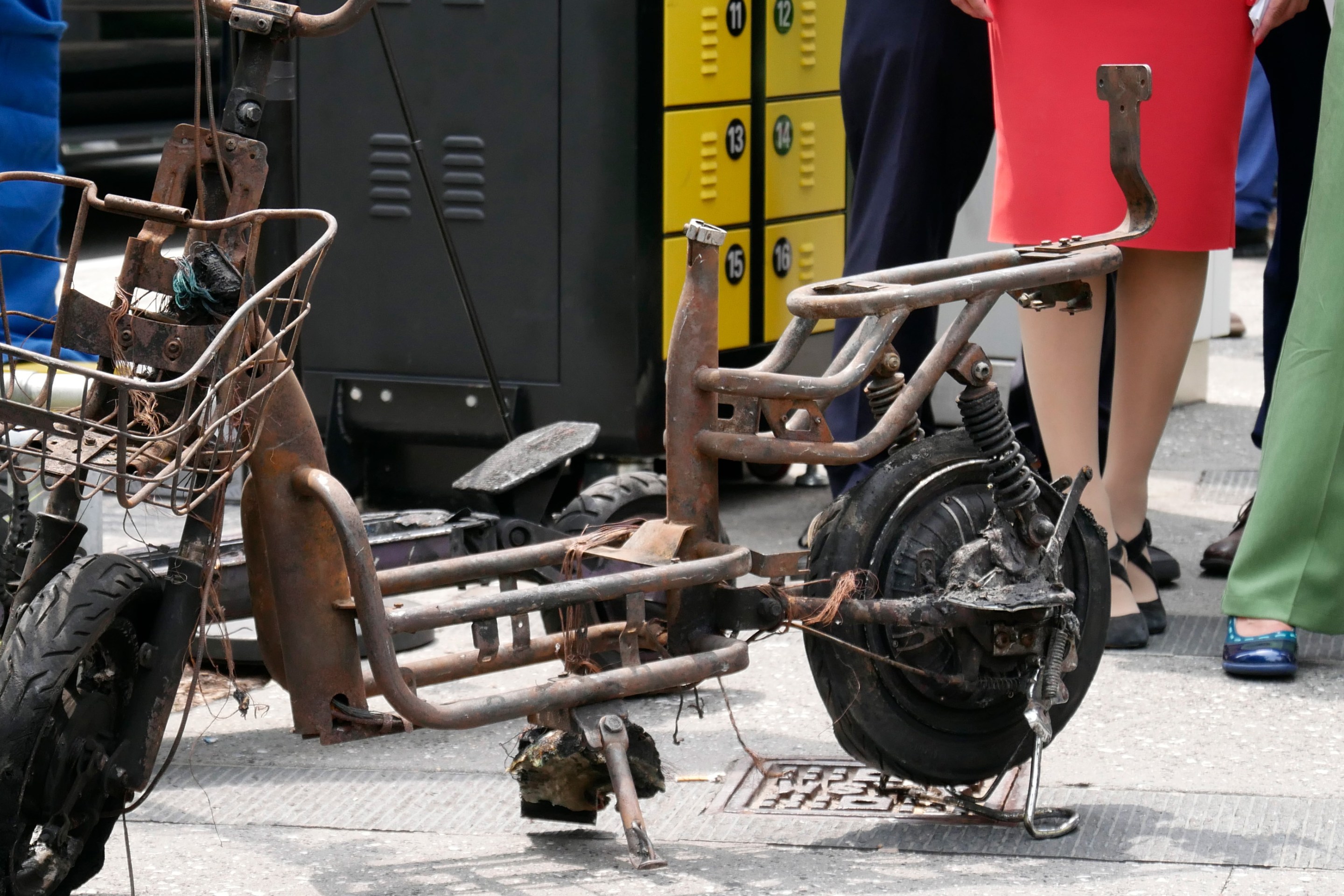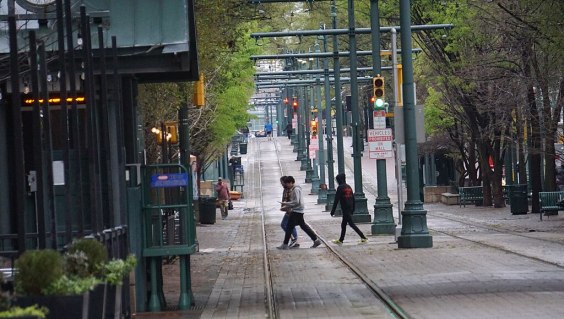A years-long campaign to tear down an aging and lightly used interstate highway in Syracuse and replace it with a surface-level boulevard may have just gotten a crucial vote in Albany.
Democrat Rachel May, who upset State Senator David Valesky in the September primary, says she is a full-blown supporter of the so-called "community grid" plan to remove Interstate 81. Valesky, who was a member of the Republican-allied Independent Democratic Conference, undermined the effort by never taking a position.
"The city is for people and not for high speed vehicles," May told Streetsblog last week. "[Removing the highway] would knit the sides of the city back together."
Interstate 81 cuts a 3.75-mile gash through the heart of downtown Syracuse, separating communities, polluting adjacent neighborhoods, and preventing housing construction in what could be a thriving down neighborhood. With the aging viaduct nearing the end of its useful life, state DOT has spent years contemplating its future.
The Cuomo administration is currently weighing the cost and viability of three options for replacing the highway: the community grid, a new highway, and a hybrid tunnel alternative that would cost as much as $4.5 billion and take a decade to complete.
Because of its outrageous sticker price, in 2016 Governor Cuomo took the tunnel option off the table. He's since backpedaled at the urging of some of the region's elected officials — including Valesky — who wanted the tunnel option studied.
Valesky lives in suburban Oneida, population 11,000. Prominent voices within the city of Syracuse, meanwhile, have been proponents of the community grid option. First-year Mayor Ben Walsh is on board, as is the Syracuse Post-Standard, which ran a front page editorial touting the benefits of removing the highway and accompanying traffic from the heart of downtown.
The $1.3-billion grid project would replace the highway with a network of local streets, reconnecting neighborhoods torn apart by I-81's construction nearly 60 years ago. Proponents say the teardown would not only provide surrounding areas safer streets, but also create new jobs, new housing, and new development. And the resulting road itself would serve the local area better than the current limited-access highway, which was designed simply to speed cars through Syracuse.
"We're anticipating that more people, particularly stakeholders, will see the facts — of not only the cost and duration but the economic benefits the community grid will provide for the community," said Peter Sarver, executive director of Alliance of Communities Transforming Syracuse.
Those benefits are many and great, May added.
“Syracuse is a city where most of the land is taken up with nontaxable properties, either universities or hospital or government buildings or parks and lots of parking space," May said. "This would be an extraordinary windfall of 20 acres roughly of land that could be developed into mixed-use housing and retail and office space and could actually come onto the city’s tax rolls, which would be massively important to the city."
The tunnel option, which Cuomo and suburban elected officials have promoted as a compromise, “would be very costly to the city over the long haul," she said, "doubling down on the idea that the whole point of the city is to move people through as fast as possible."
Sarver said Valesky — who is contemplating a general election run on the Independence line — would have been wise to articulate those benefits, instead of taking a wait-and-see approach.
"That was Valesky’s mistake. He was just waiting for the technical experts to give him cover," Sarver said. "Leadership isn’t just about what the experts think."

